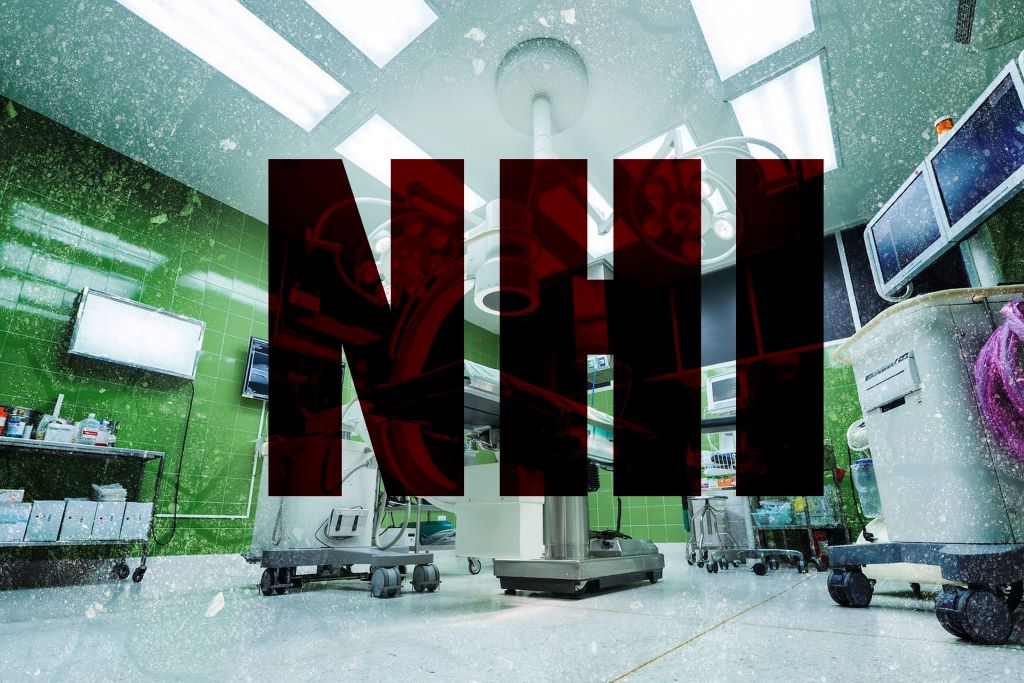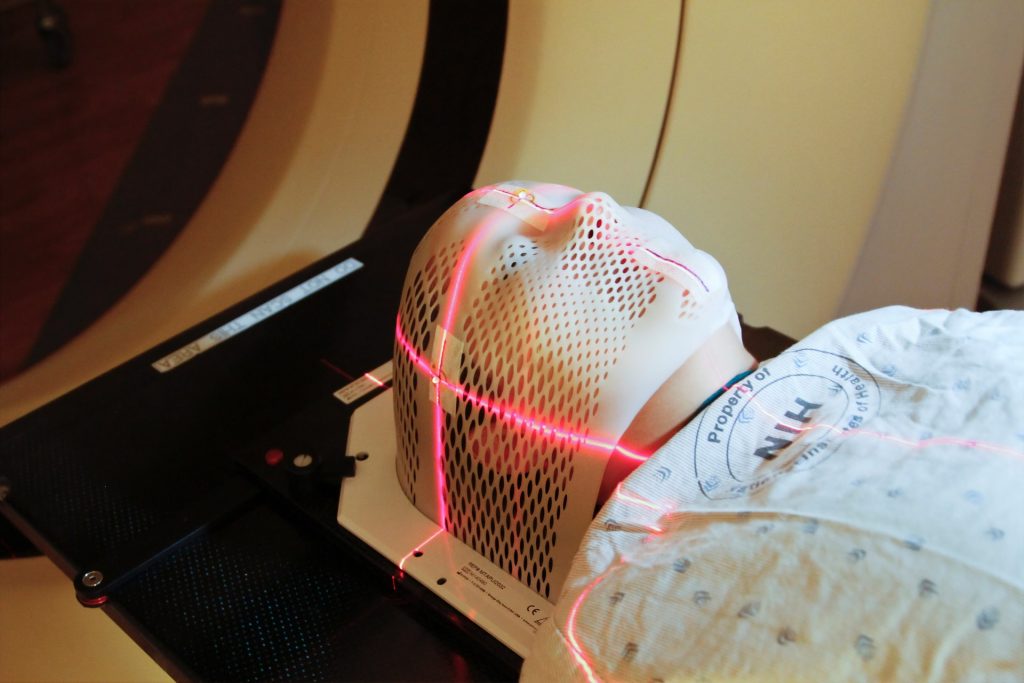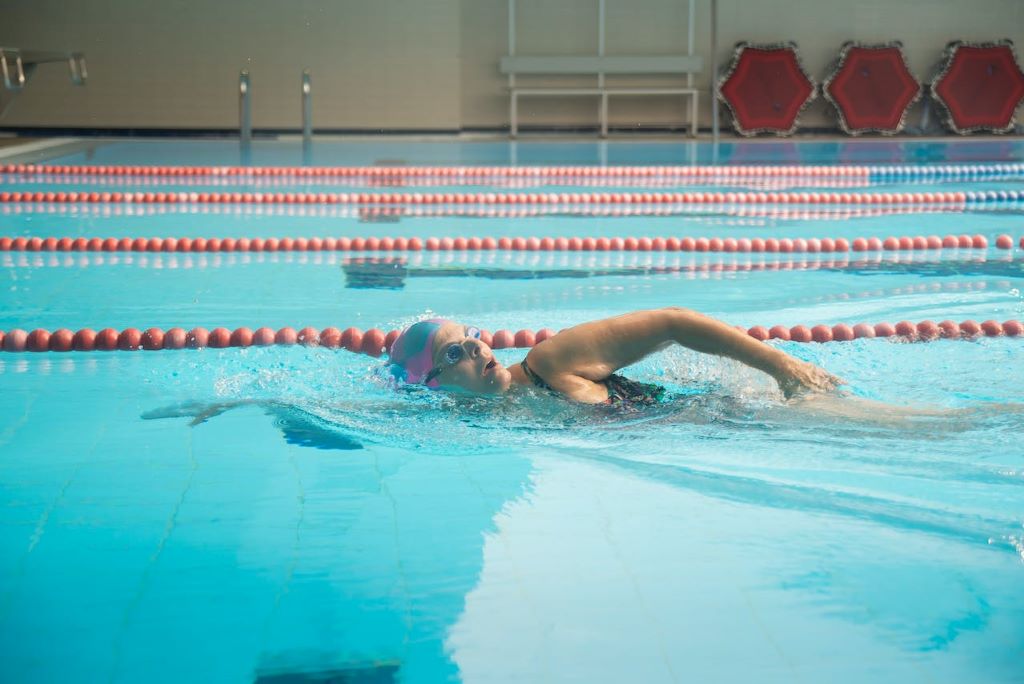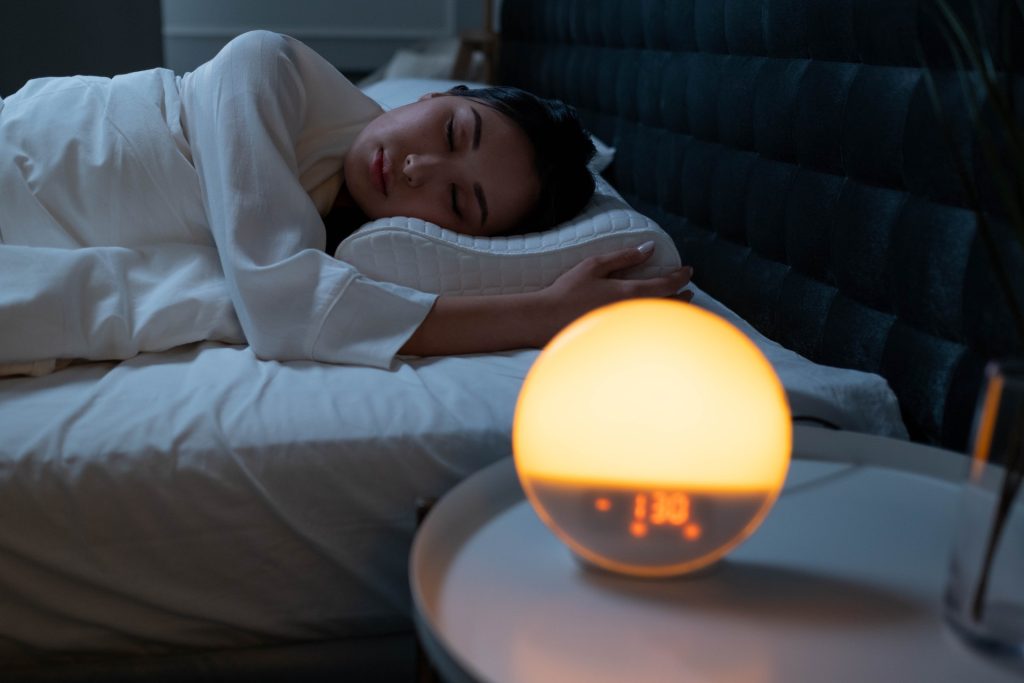The NHI Act: a Flawed Execution of a Laudable Idea

By Prelisha Singh, Partner, Martin Versfeld, Partner and Alexandra Rees, Senior Associate, Webber Wentzel
Robust contestation on how to best fulfil the fundamental rights of South Africans complements and strengthens our constitutional democracy. Recent debate has centred on the effective realisation of the right to access healthcare, which the state is required progressively to realise for all South Africans, irrespective of their background and income.
The right to access healthcare came into sharp focus on 15 May 2024, when President Cyril Ramaphosa signed the National Health Insurance (NHI) Act into law, prompting the initiation of constitutional challenges by concerned stakeholders. The most recent of these was filed on 1 October 2024 in the North Gauteng High Court, Pretoria by the South African Private Practitioners Forum (SAPPF), represented by Webber Wentzel.
According to the government, the NHI Act is intended to generate efficiency, affordability and quality for the benefit of South Africa’s healthcare sector.
An assessment of South Africa’s current healthcare landscape shows a stark difference between private and public healthcare. The country has a high quality, effective private healthcare offering. However, it is currently inaccessible to the many South Africans who cannot afford private care or medical aid payments. Public healthcare, on the other hand, is understaffed, poorly managed and plagued by maladministration and limited facilities.
The NHI Act has been positioned as the vehicle to address this disparity and a desire to take steps towards achieving universal healthcare in South Africa. But a closer reading of the Act highlights numerous problems with its content and implementation design. The absence of clarity, detail or guidance contained in the Act makes it impossible to assess how the Act will actually be implemented (or, by extension, what the effects of this implementation will be).
This is particularly concerning given that years have passed since the economic assessments, on which the Act was based, were undertaken. Also problematic is the apparent lack of consideration given by the government to submissions made by affected stakeholders during multiple rounds of constitutionally required public participation.
SAPPF underscores these deficits in seeking both to have the President’s decision to assent to the Act reviewed and set aside, and the Act itself declared unconstitutional.
President Ramaphosa was obliged, in terms of sections 79 and 84(2)(a) to (c) of the Constitution, not to assent to the Act in its current form. Section 79 requires the President to refer back to Parliament any bill that he or she believes may lack constitutionality. In this case, it is difficult to conceive how the President, or any reasonable person in the President’s position could not have had doubts regarding the constitutionality of the NHI Bill. The decision by the President to sign unconstitutional legislation into law, instead of referring it back to Parliament for correction, is also irrational.
The President’s duty properly to have referred the NHI Bill back to Parliament is affirmed by the fact that the President is enjoined, by section 7(2) of the Constitution, to respect, protect, promote and fulfil the rights contained in the Bill of Rights.
SAPPF’s application demonstrates that the NHI Act, in its current form, infringes upon the rights to access healthcare services, to practice a trade, and to own property. Patients, including those using private healthcare, will be forced to use a public healthcare system that currently fails to meet its key constituents’ needs. Practitioners’ rights to freedom of trade and profession will be infringed upon, and the property rights of medical schemes, practitioners, and financial providers will be unjustifiably limited.
On its current text, the Act could make South Africa the only open and democratic jurisdiction worldwide to impose a national health system that excludes by legislation private healthcare cover for those services offered by the state – notwithstanding the level or quality of case.
Concerns regarding the rights infringements in the NHI Act are exacerbated by its lack of clarity and the fact that crucial aspects of its implementation are relegated to regulations, with no clear guidance provided in the Act itself.
For example, section 49 provides that the NHI will be funded by money appropriated by Parliament, from the general tax revenue, payroll tax, and surcharge to personal tax. However, this stance does not reconcile with section 2, which provides that the NHI will be funded through ‘mandatory prepayment’, a compulsory payment for health services in accordance with income level. Crucially, the extent of the benefits covered by the NHI’s funding mechanism and its rate of reimbursement, which impact affordability and the provision of quality healthcare, remain unknown.
The Act is, at best, a skeleton framework, seemingly assented to in haste. It is conceptually vague to the extent that the rights it seeks to promote will, in fact, be infringed if implemented. This renders the Act irrational, in addition to its other constitutional defects.
The NHI Act represents a radical shift of unprecedented magnitude in the South African health care landscape. This should be – and is required to be – underpinned by meaningful public participation, up-to-date socio-economic impact assessments and affordability analyses and final provisions that provide a clear and workable framework for implementation.
It is not sufficient for these vital issues to be addressed after the fact. Further engagements with stakeholders and the solicitation of proposals by the government cannot be used to splint broken laws. Collaborative engagement, including the solicitation of inputs for meaningful consideration, should take place during the law-making process, not after its conclusion.
A shift of the magnitude proposed by the Act, absent compliance with the structures of the law-making process and adherence by the state to constitutional standards, including rights protections, would be detrimental to the entire healthcare sector – public and private – and not in the best interests of patients and practitioners.
Notwithstanding the legal contestation surrounding the Act, it and the laudable goals underlying it can also be a watershed. The achievement of universal health coverage is an opportunity for the different stakeholders in South Africa’s healthcare system to meaningfully collaborate and inform well-supported, factually informed, rational and genuinely progressive legislative steps by the state.
Given the questions surrounding the Act and the evident need it seeks to address, the space exists for healthcare stakeholders to align around shared goals and values. They can leverage their available resources to design a healthcare system that serves all of South Africa’s people fairly and equitably, using the significant existing resources invested in the country’s healthcare sector.






